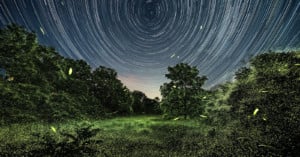
Magical Photos Shed New Light on How Fireflies Interact with the World
Photographer Pete Mauney's mesmeric long exposures of fireflies are not only works-of-art but shed light on the insects' behavior.

Photographer Pete Mauney's mesmeric long exposures of fireflies are not only works-of-art but shed light on the insects' behavior.
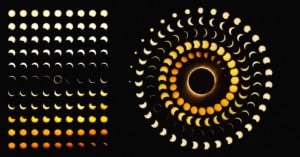
Photographer Dan Marker-Moore visited a remote location in South America to capture the 2019 total solar eclipse back on July 2nd. He then took the photos of the progression and turned them into beautiful "time slice" composites.
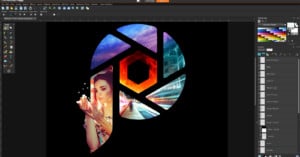
Earlier today, Corel launched a new version of PaintShop Pro that includes some intriguing features for photographers. Boasting intelligent new cloning and selection tools and costing just $80 for the full suite, PaintShop Pro 2020 promises to "meet the needs of photographers and content creators at an unbeatable value."
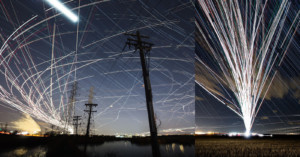
Airports is an ongoing project by photographer Pete Mauney, who spends hours shooting long exposure photos near airports. He then combines the photos to create mesmerizing composites in which the night sky is filled with airplane light trails.
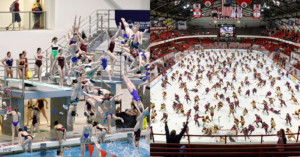
"Crowded Fields" is a new eye-popping photo project by photographer Pelle Cass, who used Photoshop to combine hours of sporting events and hundrds of athletes into single composite photos.
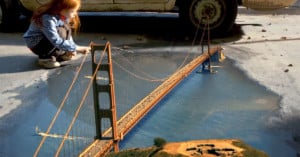
Coldplay just released the official music video for the song "Up&Up," the 3rd single from the band's new album, A Head Full of Dreams. The 4-minute video is filled with creative composites that combines footage in a way that plays with perspective.
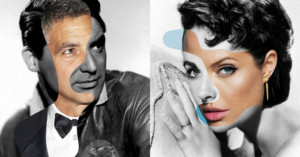
It turns out the rich, famous and powerful of today bear a striking resemblance to the rich, famous and powerful of yesteryear -- at least if you trust the photo series Iconatomy by George Chamoun and the followup series Then & Now by Marc Ghali.
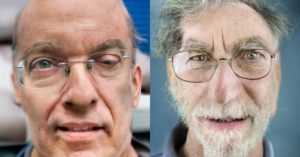
Photographer Pelle Cass is fond of composites. The set of so-called 'single frame time-lapses' he put together for his Selected People series has gone quite viral.
But his fondness for composite photography doesn't stop at creating overcrowded scenes, he applied the same approach to taking portraits, creating a bizarre (and perhaps a little unsettling) series of portraits called Strangers in the process.
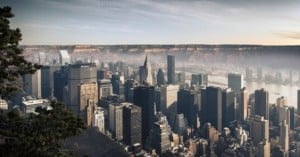
At the end of 2012, Swiss photographer Gus Petro took a trip to the United States, and was met with a sharp dichotomy. When he visited New York City, he found density in all its glory. But when he followed that up with a trip to the Grand Canyon, he was struck by the sheer emptiness of it.
This led to a project dubbed Empty, Dense, Merge, and the photos below represent the final third of that triad.
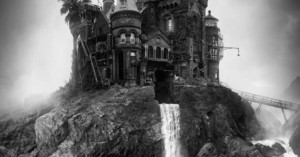
Portland, Oregon-based photographer and visual artist Jim Kazanjian is like the M. C. Escher of architectural photography. His art pieces appear to be photos of some of the strangest looking buildings found in the weirdest locations, but the reason the images are so dreamlike is because they came from Kazanjian's mind rather than the real world.
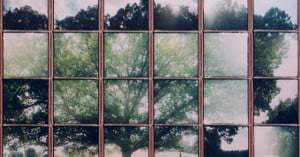
Since 2006, Brooklyn-based artist Patrick Winfield has been creating incredible photo collages by photographing and recreating scenes using a large number of individual instant photo prints. Some of his pieces are composed by more than over one hundred instant photos! Although his work mostly featured Polaroid films early on, Winfield branched out into other types as well (e.g. The Impossible Project instant films) after Polaroid bowed out of the industry.
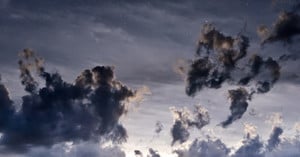
For his project titled "Unrealistic Scenes", photographer Nathan Spotts composited his own landscape photographs with digital artwork of planets floating in the starry night sky.
I've always been captivated by the beauty of our world, and often dream of the things that lay just beyond what we can see. I wanted to create images of scenes that are not-quite real, but that almost could be.
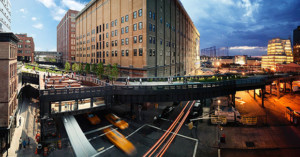
For his project "Day Into Night", photographer Stephen Wilkes set up a 4x5 camera with a 39-megapixel digital back 40-50 feet off the ground in a cherry picker, and photographed the scene throughout the course of one day. Keeping a constant aperture, he adjusted his shutter speed to compensate for the position of the sun. Afterward, the hundreds of images captured were edited to roughly 30-50 photos, and then seamlessly Photoshopped together to show a gradual transition from day to night.